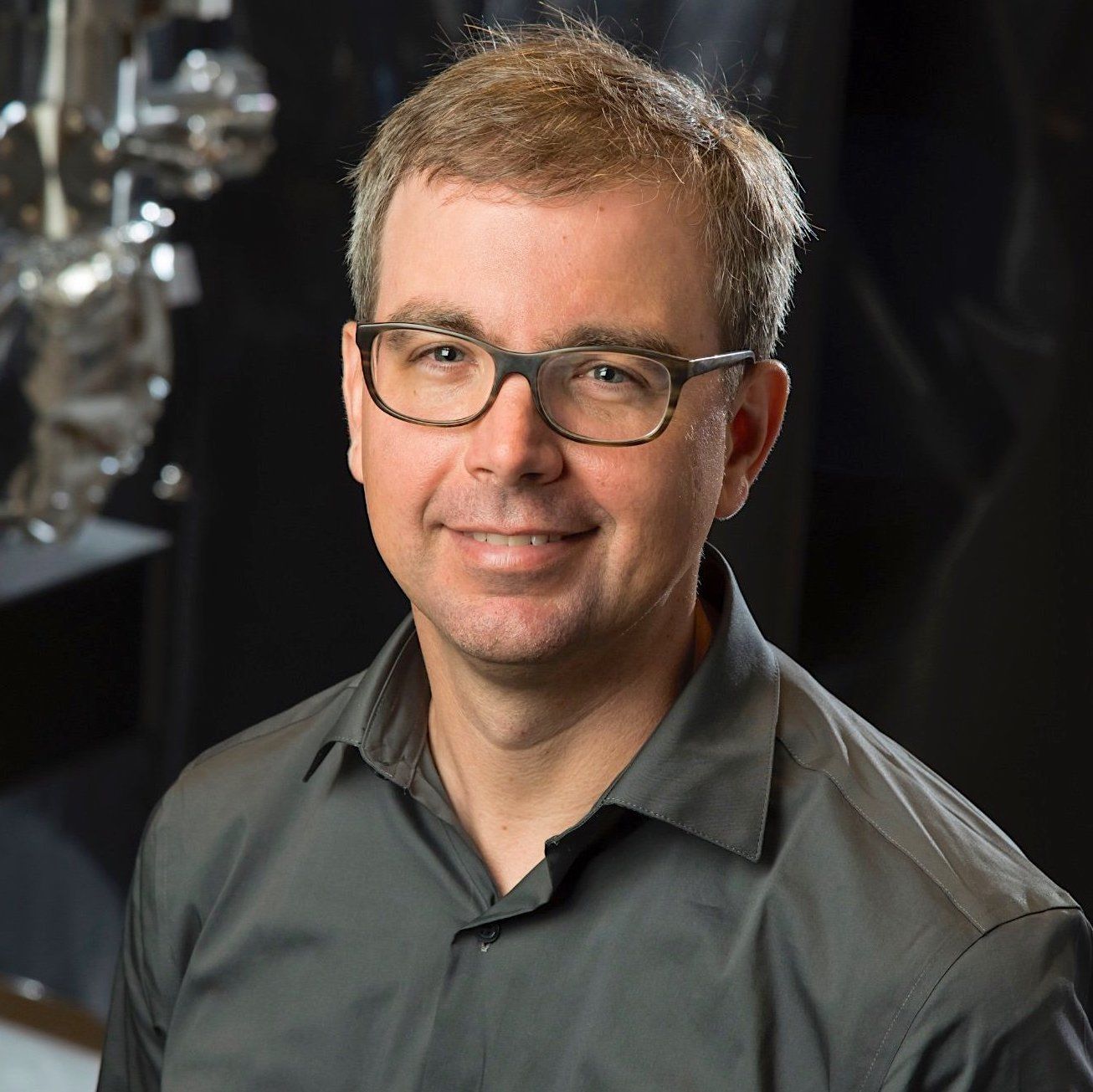Brown Leads NSF Initiative to Build a 256-qubit Computer
September 10, 2025
A noted quantum expert at Duke University who is a co-PI and the Associate Director of Research at the NSF Quantum Leap Challenge Institute for Robust Quantum Simulation (RQS) has just received a federal award to advance the co-design of an ion trap quantum computer.
Kenneth Brown, the Michael J. Fitzpatrick Distinguished Professor of Electrical Engineering at Duke, is principal investigator of a $4 million award from the National Science Foundation (NSF) focused on codesigning ion trap systems to yield quantum advantage for specific scientific computations.
The award is part of a new NSF initiative from the National Quantum Virtual Laboratory (NQVL), which is an ambitious effort to accelerate the development of useful quantum technologies by providing U.S. researchers with access to specialized resources.
During the initiative’s pilot phase—a one-year, $1 million grant—the Duke-led team held town hall meetings to understand how others in academia and industry might optimize and use a 256-qubit trapped ion quantum computer, known as Quantum Advantage-Class Trapped Ion system (QACTI), and engage in programs to prepare students for future quantum careers. The team will now use this latest funding to narrow down ideas and map out plans for construction and workforce development.
“We are super excited to move into the design phase,” says Brown. “By combining expertise from across our research team, we’re prepared to build one of the largest academic quantum computers.”
The NQVL program aims to build a 256-qubit quantum computer by 2033, but first the QACTI team plans to create a separate 60-qubit computer as a proof of concept by 2029.
“Although a 256-qubit computer will be a great resource, access will be limited due to high demand,” Brown explains. “Building multiple types of larger-scale quantum machines will diversify the tools available and benefit everyone.”
The smaller computer will not only use the typical ion qubit, but also incorporate the ion array’s vibrations or oscillations into computation. With this additional capability, scientists will be able to more efficiently simulate many interacting quantum particles, a task that is notoriously difficult for even the largest supercomputers.
Brown’s award was one of four that were announced on September 4 by NSF, which is currently investing a total of $16 million in four teams over two years.
Progression to the final stage of the program includes potential funding of $10 million annually for up to 12 years. Users would have access to the quantum computing resources locally and via the cloud to run a wide range of simulations and computations.
—Story by Maria Herd, UMIACS communications group
Experts
People
![]()
Kenneth Brown
Co-PI, Co-Associate Director of Research, RC1 Co-Lead

